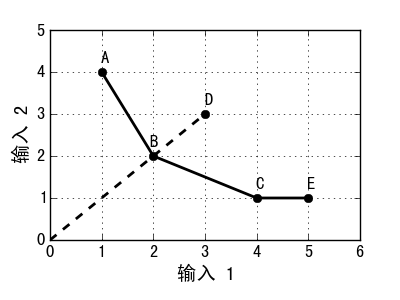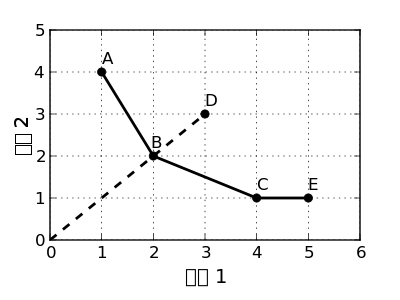David wrote:
Dear Mike, dear list,
thanks for the continued help!
Here are my 'news':
import matplotlib
matplotlib.use('GtkCairo')
Incidentally, if I uncomment those two lines, then the (Western) font
of my graph actually changes.
I'm completely stumped by this.
Just now I couldn't reproduce this. However, the fonts in the png and eps are quite different.
When I run my dea.py with the attached matplotlibrc, then I get both a png and an eps, however, the Chinese is still not rendered (see attachments)
I noticed the following in the ~rc:
cairo.format : png # png, ps, pdf, svg
But having it in or out makes no difference.
The Cairo backend is still not being selected. By looking at the comments in the file, it's clear that the .eps file attached is being produced by the main matplotlib PS backend.
I think I've figured out what may be the problem. The Cairo backend is not able to produce a .eps file, only a .ps (haven't investigated enough yet to determine if this is a shortcoming of Cairo itself or just the Cairo backend in matplotlib). In any case, first confirm that you have the Cairo backend selected (which still doesn't seem to be working for you, and I'm not sure why). See this page for more info on selecting backends:
http://matplotlib.sourceforge.net/faq/installing_faq.html#backends
You can confirm you are using the Cairo backend by printing matplotlib.get_backend().
Once that's resolved, try saving a ".ps" file (not ".eps"). That should work. You can always use ps2eps after the fact on this file.
I
do see in the matplotlibrc that you attached that the "TkAgg" backend is
being specified, not "GtkCairo".
I changed this now.
I am able to get the Cairo backend to work just fine using matplotlib
0.99.0. What version of cairo and pycairo do you have installed?
python-cairo: 1.8.6-1ubuntu1
In [15]: cairo.version
Out[15]: '1.8.6'
I wasn't able to find pycairo on my system (even after installing python-cairo-dev). I belive pycairo and python-cairo are in fact the same thing.
Yes, they are. pycairo is the official name of the project. python-cairo is the name of the Ubuntu/Debian package for that project.
Google found this:
"Just for your info if your interested in programming with cairo on ubuntu. I wanted to add svg, ps and pdf support to cairo (the ubuntu packages don't support these cairo render backends yet.)"
CairoPythonUbuntu - Ubuntu Wiki
Could this be the reason for my troubles (under Ubuntu)?
That seems to be very old. Also, if that were the case, matplotlib would raise an exception like this: "cairo has not been compiled with PS support enabled".
ps.fonttype=42
pdf.fonttype=42
I haven taken those out again, because I got an error message.
The error message may be related to using '=' rather than a ':'. In any
case, these settings don't affect by the Cairo backend so should have no
effect.
I changed the = for a colon, yielding a nasty message:
david@...859...:~/Documents/PhD/Dissertation/LaTeX/figures$ python dea.py
/usr/lib/pymodules/python2.6/matplotlib/__init__.py:653: UserWarning: Duplicate key in file "/etc/matplotlibrc", line #329
warnings.warn('Duplicate key in file "%s", line #%d'%(fname,cnt))
That means exactly what it says: you have the same setting appearing more than once in the file. Each setting can only appear at most once. But again, these settings are not used by the Cairo backend, so are irrelevant to the solution at hand.
Hope this helps.
Mike
···
On 18/03/10 22:22, Michael Droettboom wrote:
Hopefully we will get to the bottom of this! I am sorry to bother you with all this -- and appreciate your efforts!
Greeting from Beijing,
David
------------------------------------------------------------------------
--
Michael Droettboom
Science Software Branch
Operations and Engineering Division
Space Telescope Science Institute
Operated by AURA for NASA

